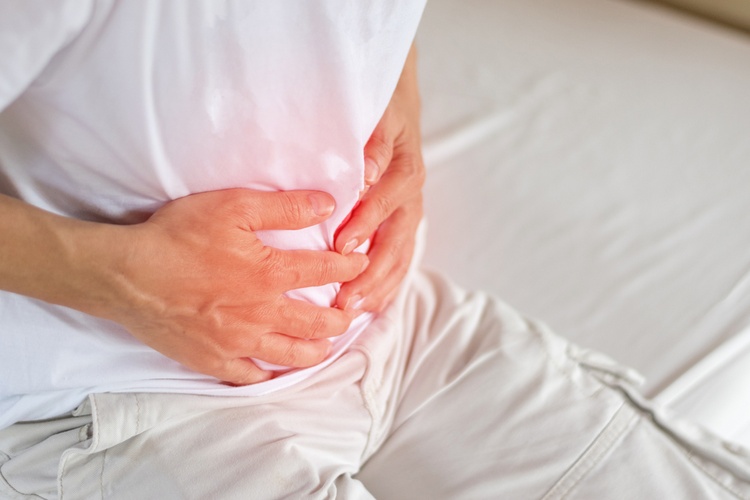Discover Fatty Liver Disease in Women and Recognize Key Signs
Fatty liver disease affects millions of women worldwide, often silently progressing without noticeable symptoms until it reaches advanced stages. This condition occurs when excess fat accumulates in liver cells, potentially leading to inflammation, scarring, and in severe cases, liver failure. Women face unique risk factors and may experience different symptom patterns compared to men. Understanding these gender-specific aspects is crucial for early detection and effective management of fatty liver disease in women.

Understanding Fatty Liver Disease
Fatty liver disease comes in two primary forms: alcoholic fatty liver disease (AFLD) and non-alcoholic fatty liver disease (NAFLD). NAFLD has become increasingly common, affecting an estimated 25-30% of the global population. For women specifically, hormonal fluctuations throughout life – particularly during pregnancy, menopause, and while using hormone therapies – can influence fat accumulation in the liver.
The disease progresses through several stages, beginning with simple steatosis (fat accumulation) and potentially advancing to non-alcoholic steatohepatitis (NASH), which involves inflammation. Without intervention, it may progress to fibrosis (scarring), cirrhosis (severe scarring), and eventually liver failure. This progression typically occurs over years or decades, making early identification and treatment vital for preventing irreversible liver damage.
Early Signs and Symptoms
Fatty liver disease earned its reputation as a “silent disease” because it often produces no noticeable symptoms in its early stages. However, women should be alert to certain warning signs that may indicate liver distress:
-
Unexplained fatigue and weakness that persists despite adequate rest
-
Discomfort or pain in the upper right abdomen, where the liver is located
-
Unexplained weight loss or poor appetite
-
Nausea or queasiness, particularly after fatty meals
-
Yellowing of skin or eyes (jaundice), which typically appears only in advanced stages
Women may also experience symptoms that differ somewhat from men, including more pronounced fatigue, abdominal discomfort, and in some cases, hormone-related issues such as irregular menstrual cycles. These gender differences in symptom presentation highlight the importance of liver health awareness specifically tailored to women.
Risk Factors for Women
Several factors place women at heightened risk for developing fatty liver disease. Understanding these can help identify those who might benefit from earlier screening and preventive measures:
Metabolic factors remain the most significant risk elements for women, with insulin resistance, type 2 diabetes, obesity (especially central or abdominal obesity), and metabolic syndrome strongly correlated with NAFLD development. Women with polycystic ovary syndrome (PCOS) face a substantially higher risk due to associated insulin resistance and hormonal imbalances.
Hormonal fluctuations unique to women play a crucial role. Menopause brings reduced estrogen levels that can alter fat distribution and metabolism, increasing liver fat accumulation. Research suggests that postmenopausal women have nearly twice the prevalence of NAFLD compared to premenopausal women of similar age and weight. Additionally, pregnancy-related complications like gestational diabetes may signal increased long-term risk.
Genetic predisposition also influences risk, with certain genetic variants appearing to affect women differently than men. Family history of liver disease, diabetes, or metabolic disorders increases susceptibility significantly.
Lifestyle and Dietary Considerations
Managing fatty liver disease effectively requires comprehensive lifestyle modifications that target the root causes of fat accumulation:
A Mediterranean-style eating pattern has shown particular promise for fatty liver management. This approach emphasizes whole foods like vegetables, fruits, whole grains, legumes, nuts, olive oil, and moderate consumption of fish while limiting red meat, processed foods, and added sugars. Studies show this dietary pattern can reduce liver fat even without significant weight loss.
Regular physical activity represents another cornerstone of treatment. Both aerobic exercise (like brisk walking, swimming, or cycling) and resistance training offer benefits for liver health by improving insulin sensitivity and promoting fat reduction. The American Liver Foundation recommends at least 150 minutes of moderate exercise weekly, ideally distributed throughout the week.
Weight management plays a critical role, as even modest weight reduction of 5-10% can significantly decrease liver fat and inflammation. However, extreme caloric restriction or rapid weight loss should be avoided as these approaches can potentially worsen liver inflammation.
When to Seek Medical Advice
Knowing when to consult healthcare providers about fatty liver disease can make a significant difference in treatment outcomes. Women should consider seeking medical evaluation if they:
-
Experience persistent fatigue, abdominal discomfort, or other symptoms associated with liver dysfunction
-
Have risk factors like obesity, diabetes, metabolic syndrome, or PCOS
-
Receive abnormal liver function test results during routine bloodwork
-
Have a family history of liver disease, particularly if combined with other risk factors
Diagnostic approaches typically begin with blood tests to assess liver enzymes, followed by imaging studies such as ultrasound, computed tomography (CT), or magnetic resonance imaging (MRI). In some cases, a liver biopsy may be recommended to determine the exact nature and severity of liver damage. Early diagnosis allows for intervention before significant liver damage occurs.
This article is for informational purposes only and should not be considered medical advice. Please consult a qualified healthcare professional for personalized guidance and treatment.




